Porsche – The Racing 914s
“The 914 raised eyebrows because it was different. It had a joint-venture life—part Volkswagen, part Porsche—and a mid-engine, it was an unusual shape, and, initially, the VW 1.7 engine did nothing for its performance.”
One would think that by the time the 914 came out, Porsche buyers and prospects would have made their peace with Porsches, from the 356 to the 911/912, containing VW parts—and be the better for it. Of course, none of those cars had “VW” in the name, and, somehow, the VW-Porsche 914 just could not overcome that stigma. It didn’t help that the mid-engined car was pegged as an entry-level machine, and it definitely didn’t help that it was over a year late to market, pricier than planned, and its appearance was not exactly sexy.
The world is hardly awash in books about this model, certainly not about its racing history, the one area in which it was an early and lasting success especially at the amateur level. (Incidentally, the 914 became the first properly kitted-out safety/rescue car at racing circuits.) British author Roy Smith, who actually owns a 2L 4-cylinder 914, put on his thinking cap. With a string of strong motoring books to his credit he is no stranger to the drudgery that is basic research in a field that has little source material to draw on. Even the Porsche Archive apparently has only one single file on the 914 squirreled away but Smith was able to interview factory personnel as well as drivers and owners.
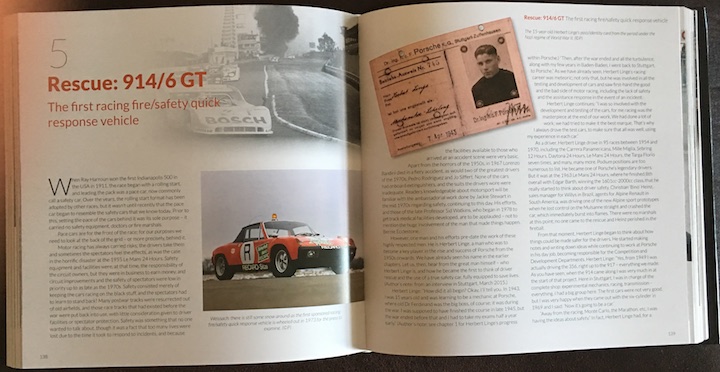 In other words, this is a largely untold story of a “funny little 1970s car with an inferiority complex” that the auction market is only now discovering. In racing trim, which is what this book focuses on, the 914 is still actively campaigned in the US and Europe and, in fact, cherished for its affordability, proper handling, and ease of tune.
In other words, this is a largely untold story of a “funny little 1970s car with an inferiority complex” that the auction market is only now discovering. In racing trim, which is what this book focuses on, the 914 is still actively campaigned in the US and Europe and, in fact, cherished for its affordability, proper handling, and ease of tune.
Even readers fully fluent in 911 minutia may well discover items in this book that illuminate a particularly fraught time in Porsche history, the relationship to VW (family ties, R+D arrangements etc.) and marketing and policy issues in a new way. 914ers will of course devour the almost 40 pages of racing statistics Smith has gathered which include the cars fielded by the works and dealers and also the many privateers. “Be prepared to be surprised,” Smith says in the Introduction—but you don’t have to take only his word for it: the Foreword by sainted US driver Hurley Haywood who had actually gotten his start on 911s and German racer/Porsche test driver Günter Steckkönig echoes Smith’s notion that the 914 is “a forgotten gem.”
Beginning with an appraisal of the technical and handling merits of the mid-engine layout the book next examines the internal wrangling at Porsche and also VW how to fit the 914 into the big picture before delving into the meat of the racing/rallying exploits in the US and Europe. Good Index.
The book, it must be said, is not cheap, which has less to do with any intrinsic values than the publisher’s marketing philosophy of designating certain of their many, many titles as “limited editions” (1500 copies, signed books are available direct from Veloce).
Copyright 2017, Sabu Advani (speedreaders.info).


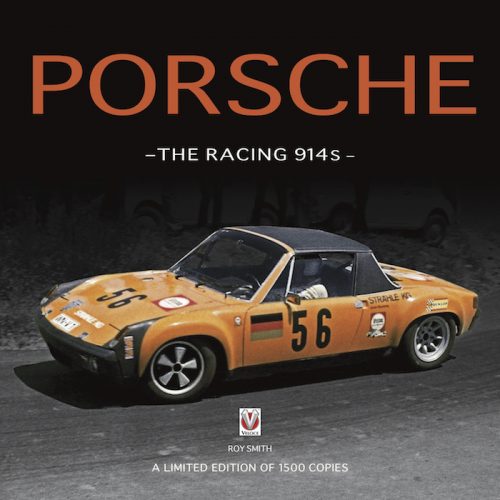
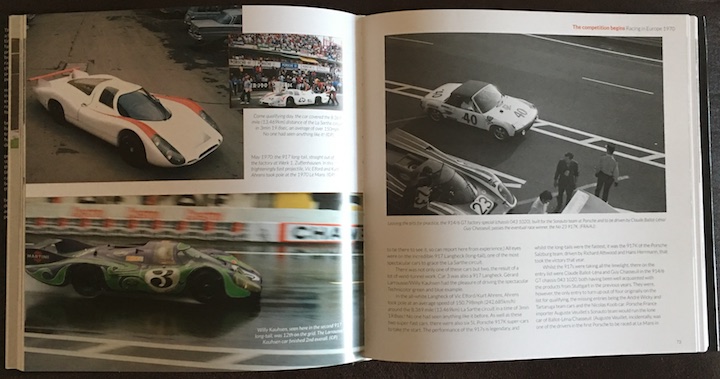

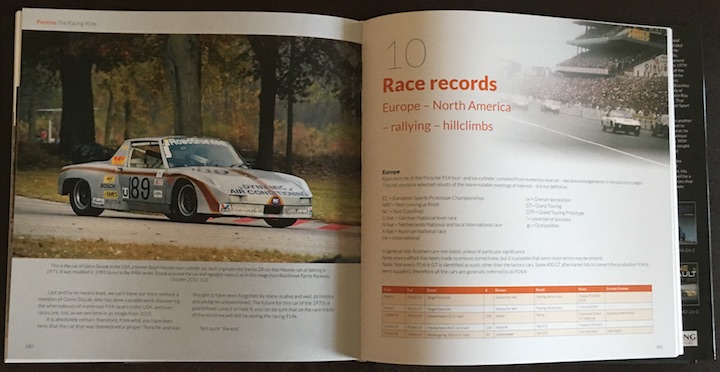
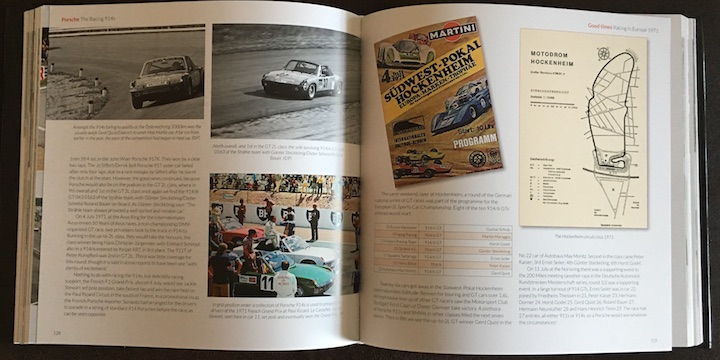
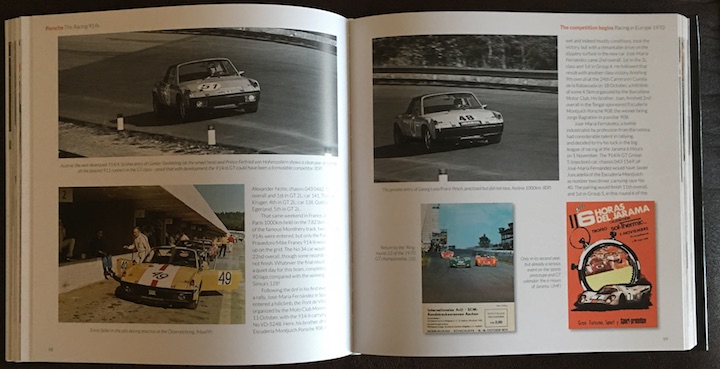
 RSS Feed - Comments
RSS Feed - Comments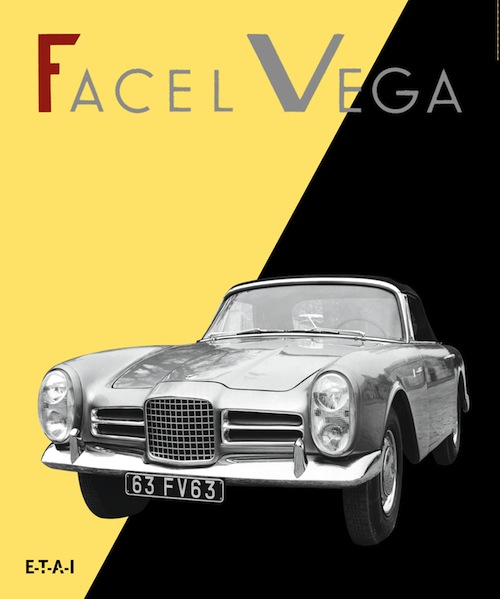

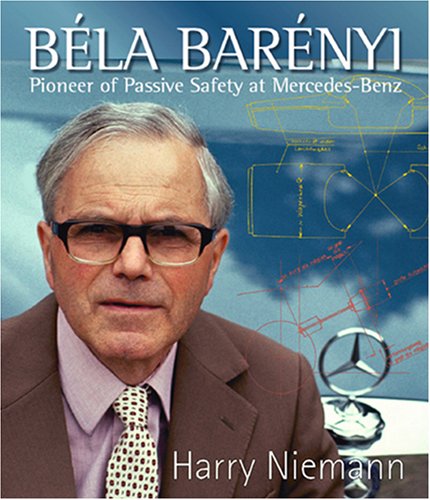
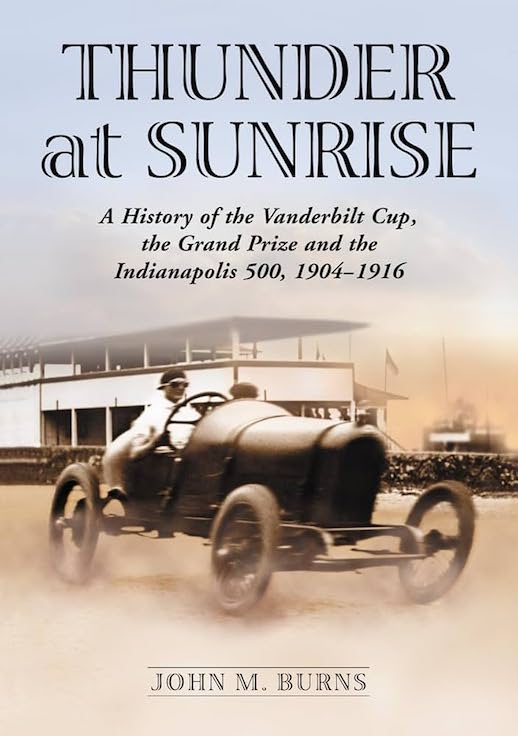
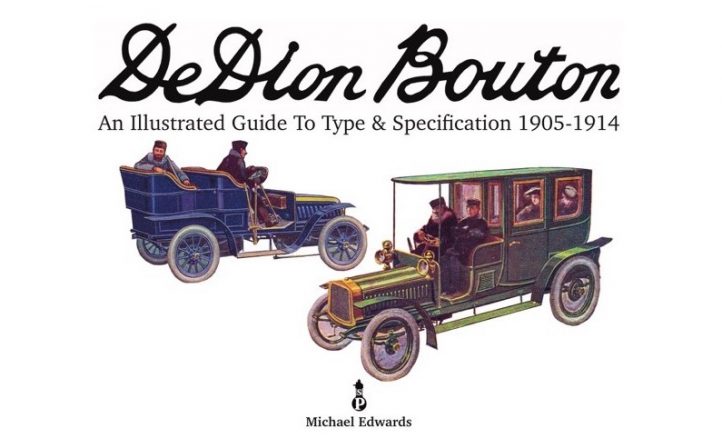

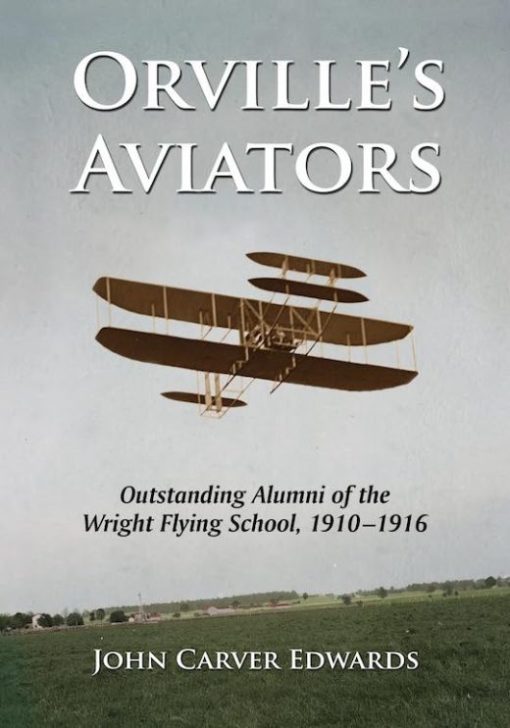
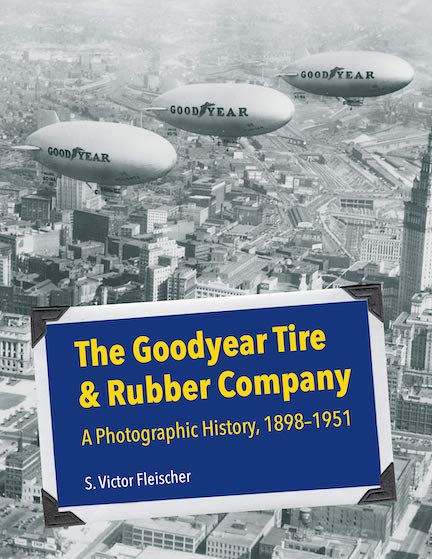

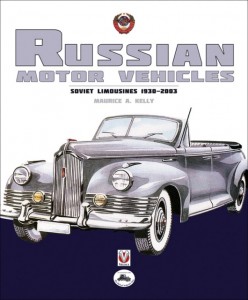
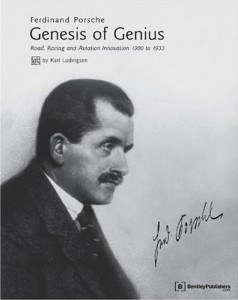
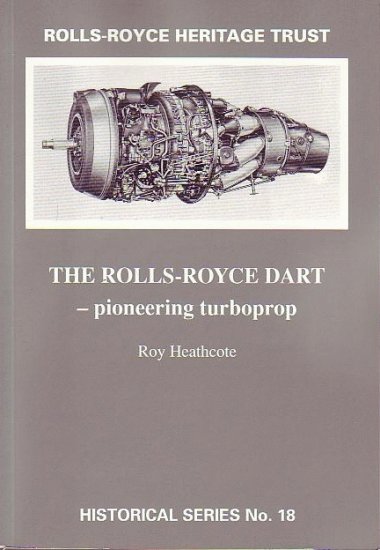
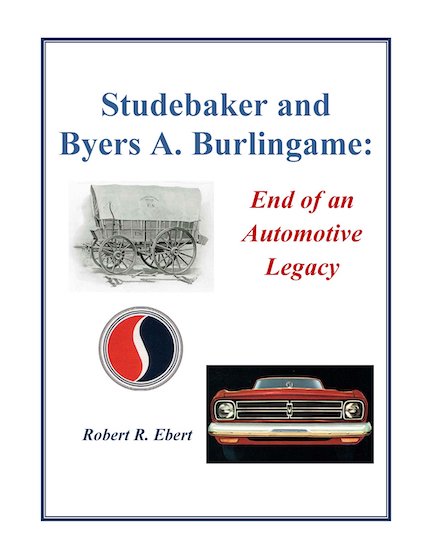
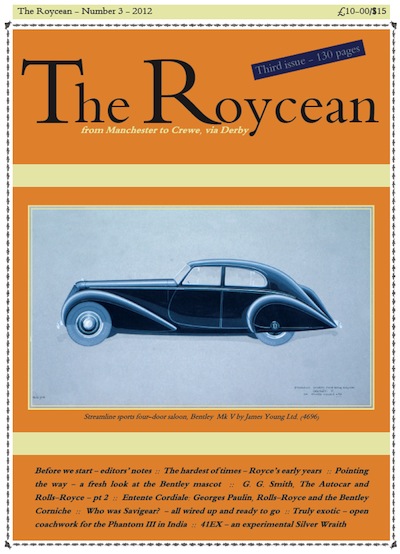
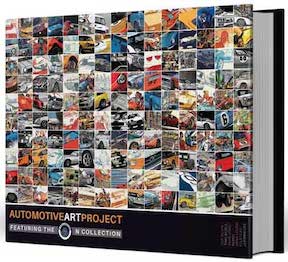


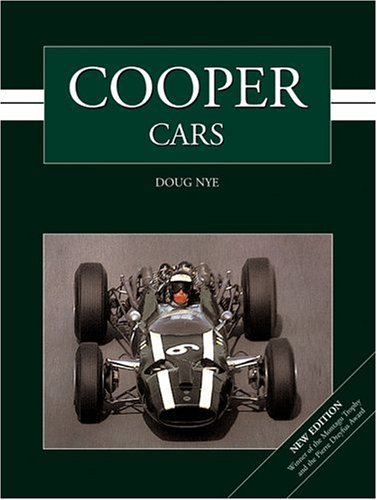
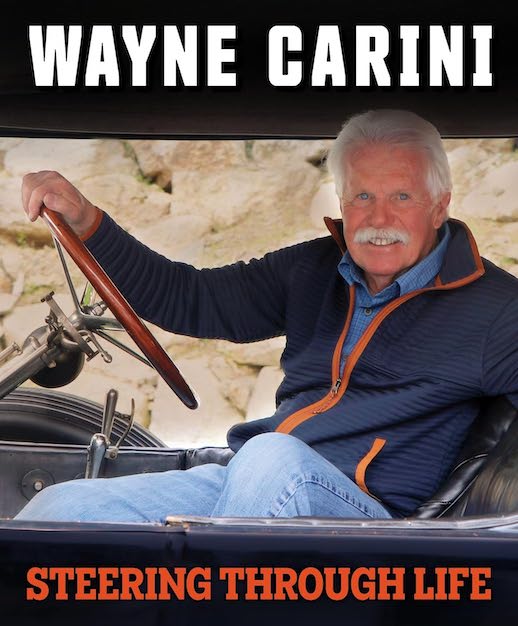
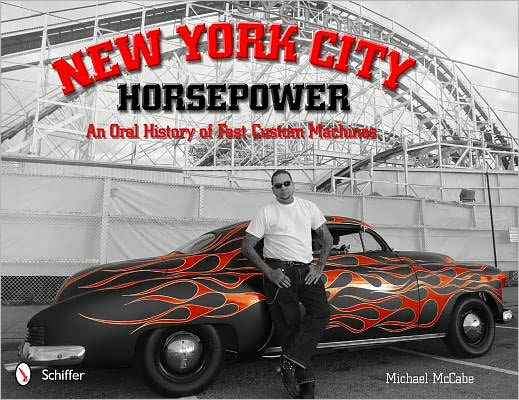
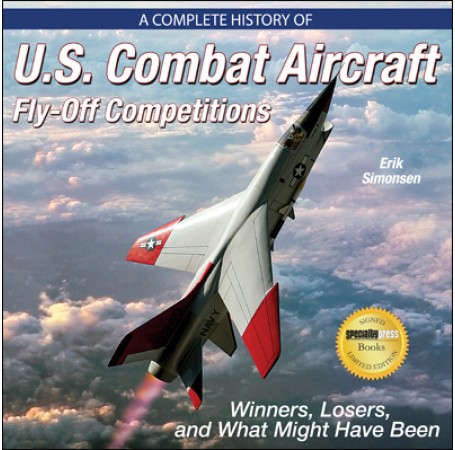

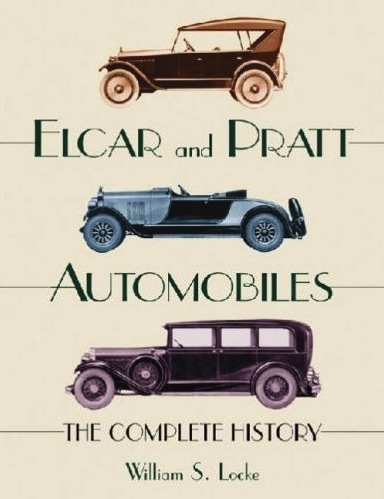
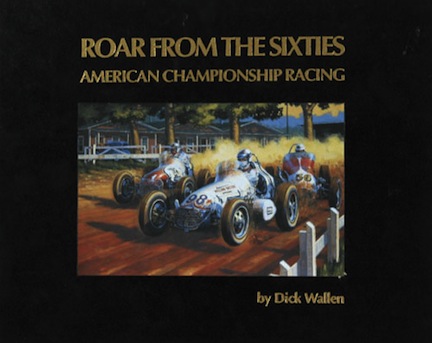
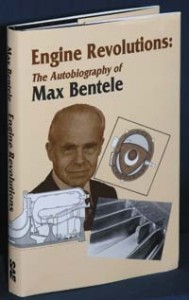

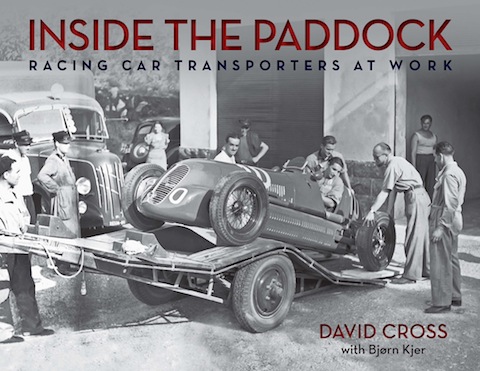
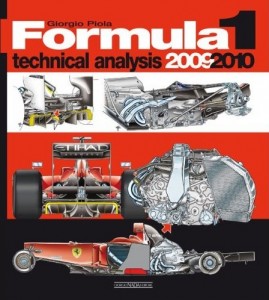
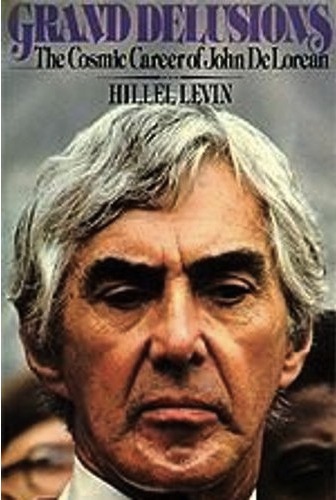

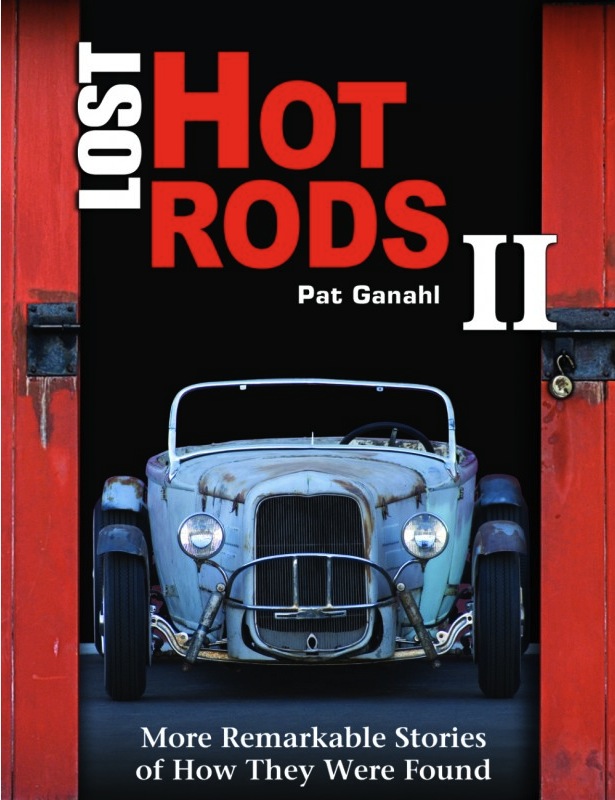
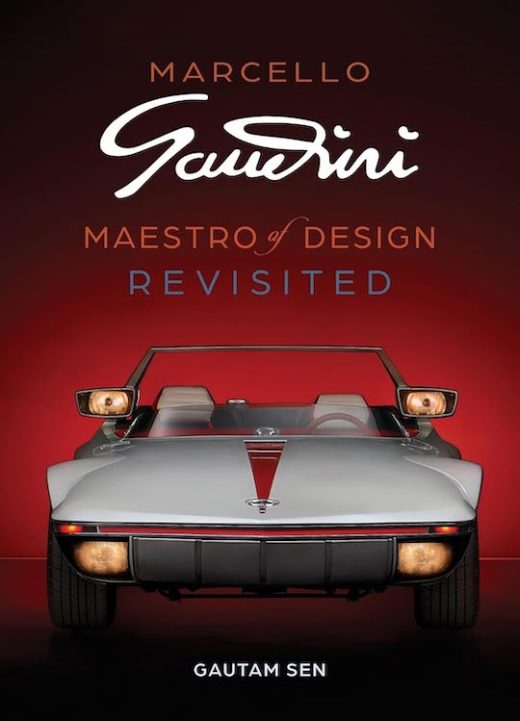
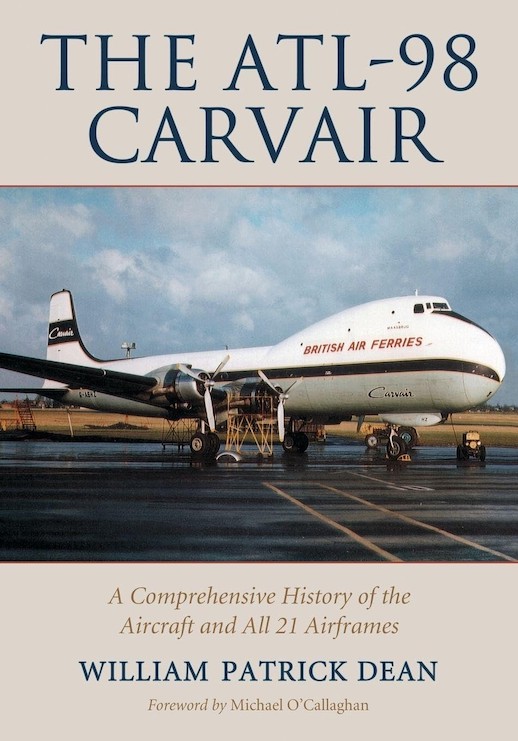


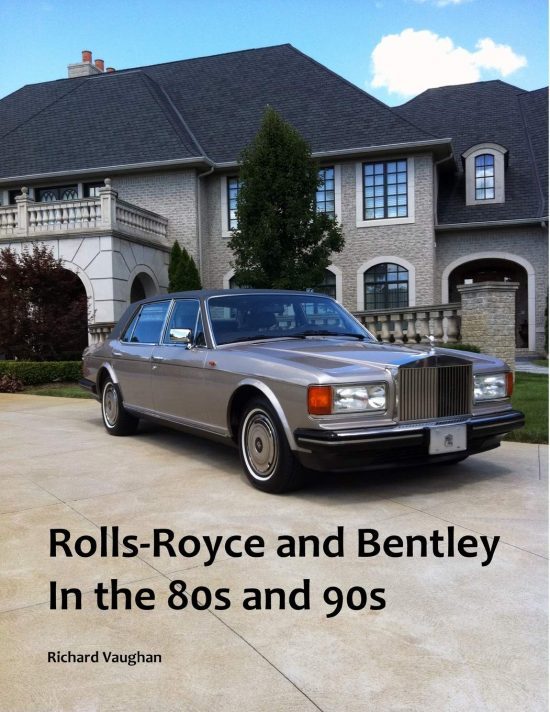



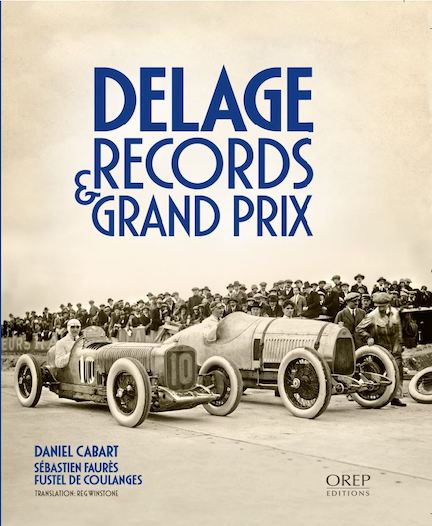
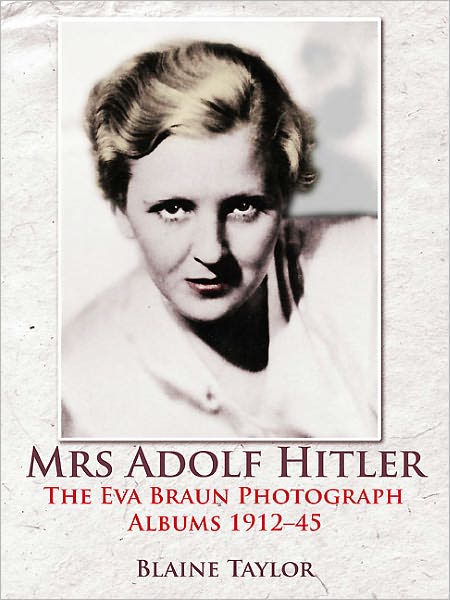
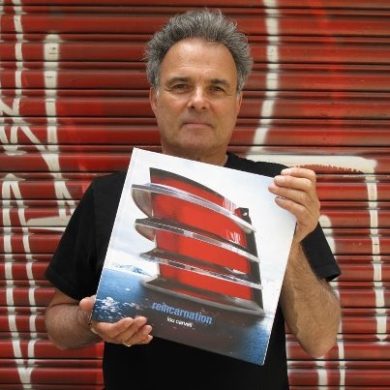
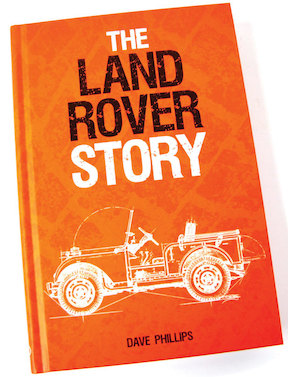
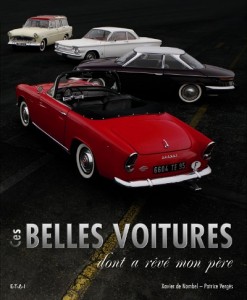
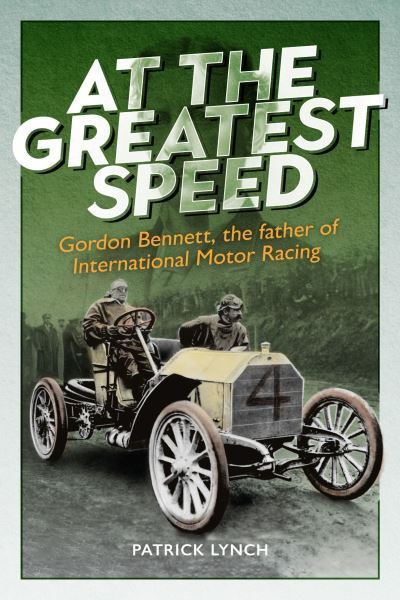
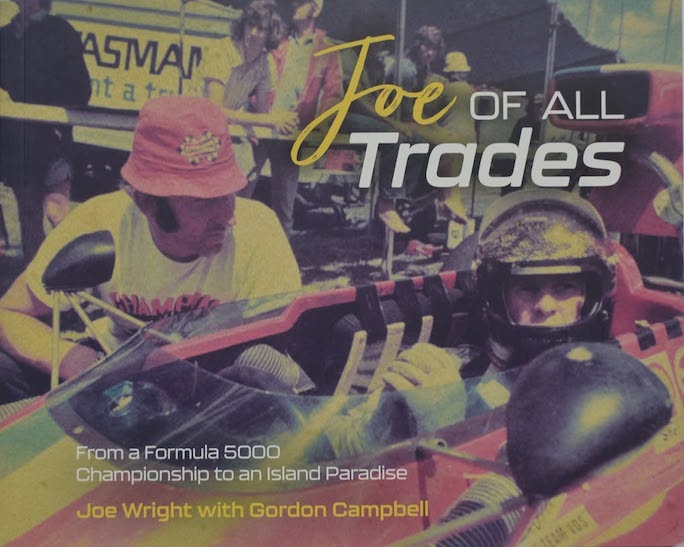






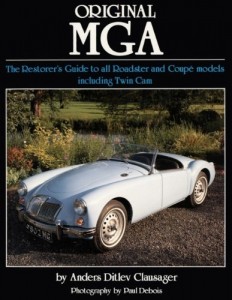
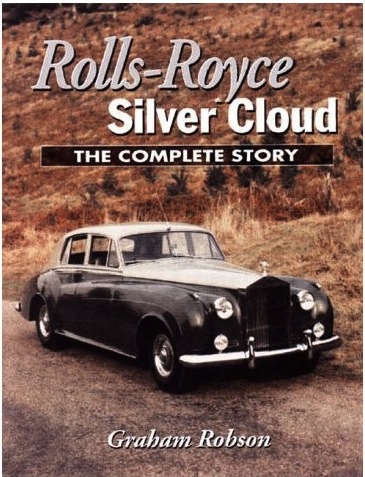


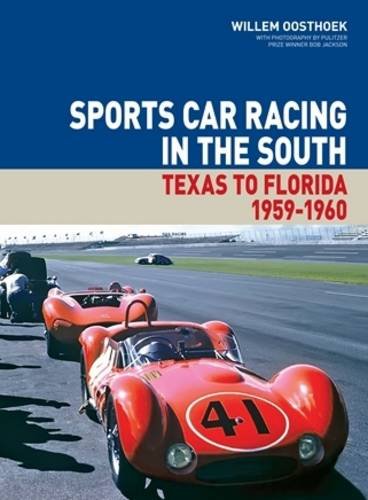

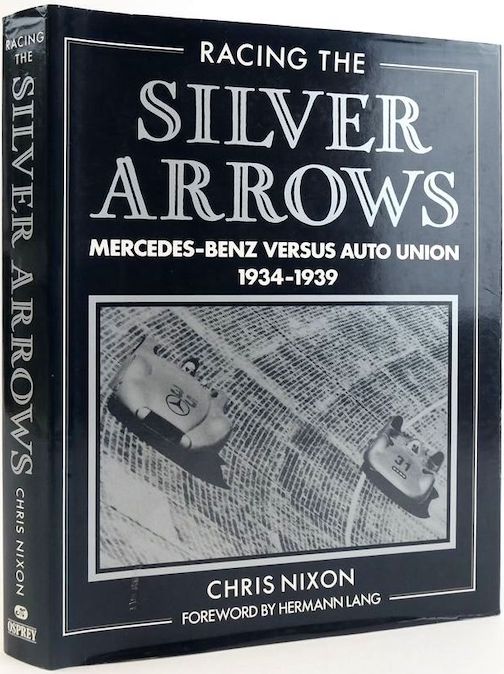
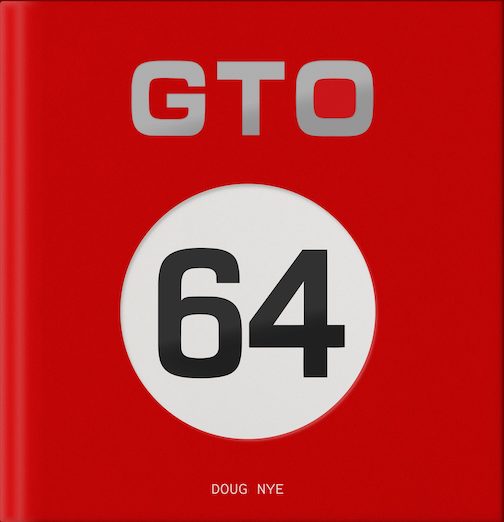


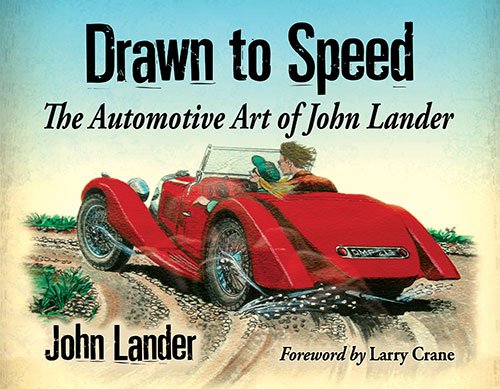

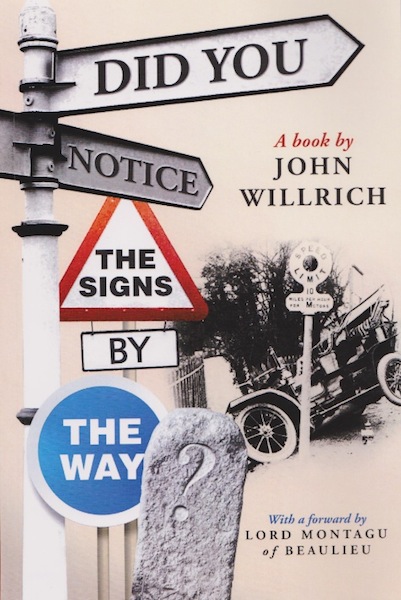
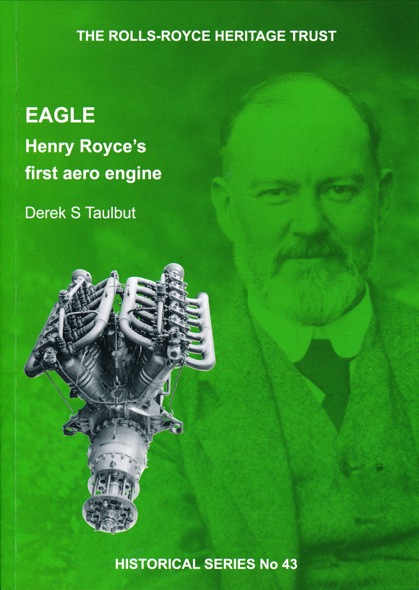



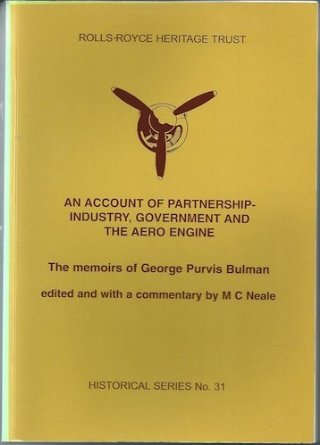

 Phone / Mail / Email
Phone / Mail / Email RSS Feed
RSS Feed Facebook
Facebook Twitter
Twitter